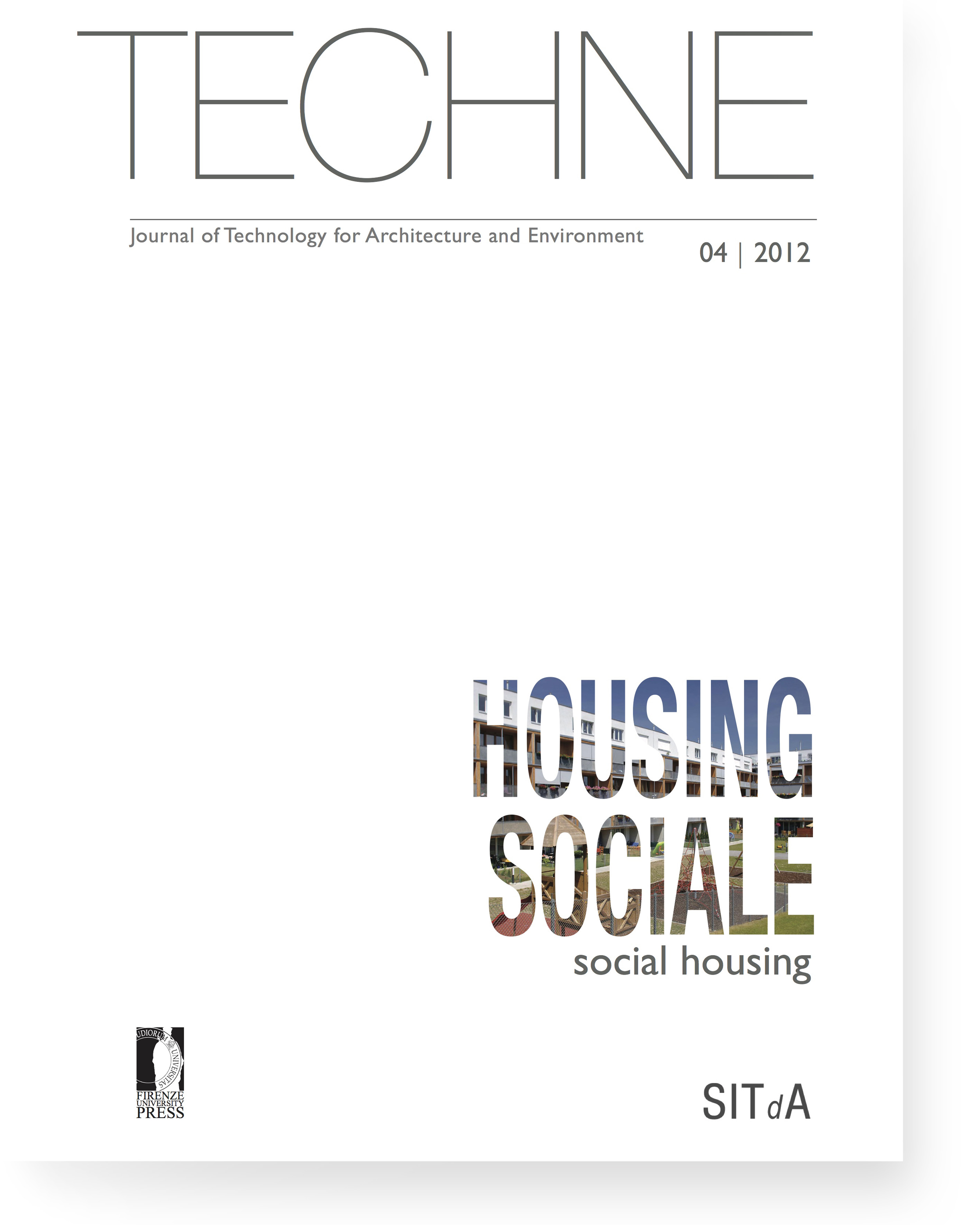Published 2012-10-28
Keywords
- Housing policy,
- Social housing,
- Eco-districts,
- Technological innovation
How to Cite
Losasso, M., & D’Ambrosio, V. (2012). Eco-districts and Social Housing in Northern Europe. TECHNE - Journal of Technology for Architecture and Environment, (4), 44–52. https://doi.org/10.13128/Techne-11489
Abstract
New districts and ‘eco-cities’ built between the '90s and 2000s in the Scandinavian countries and the UK, as well as in Germany, France, the Netherlands and in other European countries, represent a decisive overcoming of the experimental phase where the ecological housing was just an innovative approach limited to small pilot projects. In these districts the social housing is implemented according to percentages corresponding to the housing policies of the different countries. The role of technological choices and the characteristics of the building process have been crucial for building quality to reduce environmental impacts and to support and promote new ecologically oriented lifestyles and a wider social inclusion.Downloads
Download data is not yet available.






